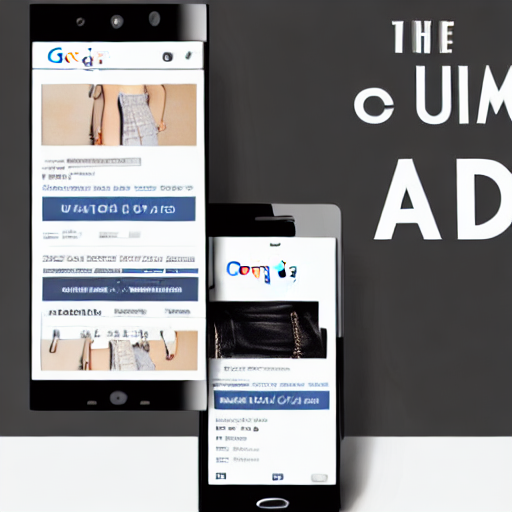

The fashion e-commerce landscape is fiercely competitive. Standing out from the crowd requires more than just beautiful products; it demands a sophisticated digital marketing strategy. Google Ads, specifically when managed by a dedicated agency, provides the powerful tools to reach your target audience, drive traffic to your online store, and ultimately, boost sales. This comprehensive guide delves into the strategies employed by Google Ad Management Agencies to achieve remarkable success for fashion e-commerce businesses. We will explore every aspect, from initial campaign setup to ongoing optimization, with real-world examples and detailed explanations to empower you with the knowledge to succeed.
For many fashion brands, particularly smaller ones, managing Google Ads campaigns in-house can be overwhelming. The sheer volume of data, the constant algorithm changes, and the need for specialized knowledge can quickly lead to wasted ad spend and disappointing results. Google Ad Management Agencies offer a vital solution. They bring together a team of experts – digital strategists, keyword researchers, ad copywriters, analysts, and technical specialists – to create and execute highly targeted campaigns that deliver measurable results. This isn’t simply about throwing money at Google Ads; it’s about a strategic, data-driven approach that maximizes your return on investment (ROI).
At the foundation of any successful Google Ads campaign is robust keyword research. Fashion is inherently driven by trends, seasonality, and specific styles. Understanding exactly what your target audience is searching for is crucial. Agencies don’t just use generic keywords like “dresses” or “shoes.” They employ advanced techniques:
For example, a swimwear brand might focus on keywords like “one-piece swimsuits with ruffles,” “retro swimsuit styles,” or “sustainable swimwear brands.” A men’s streetwear brand might target “oversized hoodies,” “graphic print t-shirts,” or “vintage denim jackets.”
A well-structured campaign is paramount for effective management. Agencies typically divide campaigns into smaller, more manageable ad groups, each centered around a specific product category, style, or brand theme. This allows for granular control over targeting and ad copy.
For a multi-brand fashion e-commerce store, a typical structure might look like this:
This structure enables agencies to create highly targeted ad copy for each ad group, increasing the relevance of the ads and improving click-through rates (CTR).
Beyond keywords, agencies utilize advanced audience targeting options to reach the most receptive customers. This goes far beyond demographic data.
For example, a brand selling designer handbags might target users who have viewed similar handbags on their website or who have shown interest in luxury brands. They could also target users who have recently signed up for their email newsletter.
Agencies don’t just set a fixed bid for each keyword; they employ sophisticated bidding strategies to maximize ROI. They constantly monitor performance and adjust bids in real-time.
The agency will constantly monitor key performance indicators (KPIs) such as cost per click (CPC), conversion rate, and return on ad spend (ROAS) and make adjustments accordingly. This is not a set-it-and-forget-it approach.
Transparency and accountability are paramount. Agencies provide regular, detailed reports outlining campaign performance. These reports go beyond just clicks and impressions.
Regular communication and reporting ensure the client is informed about campaign progress and can make informed decisions. The agency doesn’t just present data; they explain what it means and recommend adjustments to improve performance.
In conclusion, a successful Google Ads campaign for a fashion e-commerce brand requires a strategic approach, a deep understanding of audience behavior, and a commitment to continuous optimization. By leveraging the expertise of a skilled Google Ads agency, fashion brands can effectively reach their target customers, drive sales, and achieve their business goals.
**Disclaimer:** *This response is a hypothetical overview and does not represent the specific services offered by all Google Ads agencies.*
Tags: Google Ads, Fashion E-commerce, Google Ad Management, Campaign Management, Keyword Research, Audience Targeting, Bidding Strategies, E-commerce Marketing, Performance Tracking
[…] guide provides a foundational understanding of conversion windows in Google Ads. Continuously learning and refining your approach will ultimately lead to more successful […]
[…] rates, and ultimately, boost your ROI. This comprehensive guide will delve into the intricacies of demographic targeting within Google Ads, providing you with the knowledge and strategies needed to master this powerful […]
[…] Google Ads campaign can lead to wasted ad spend and disappointing results. This comprehensive guide breaks down the essential components of a successful Google Ads campaign, focusing on campaign structure and highlighting common pitfalls to avoid. We’ll […]